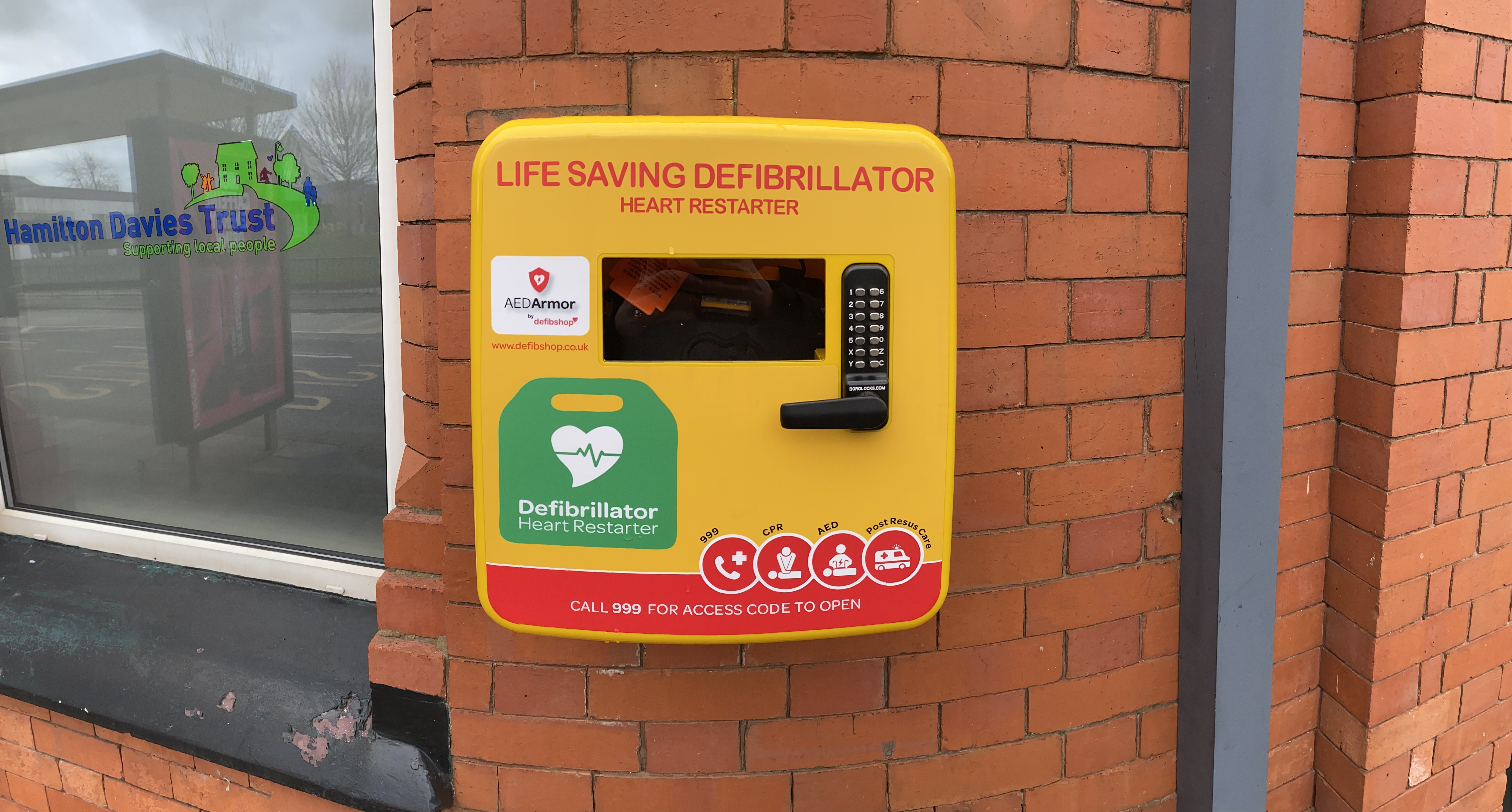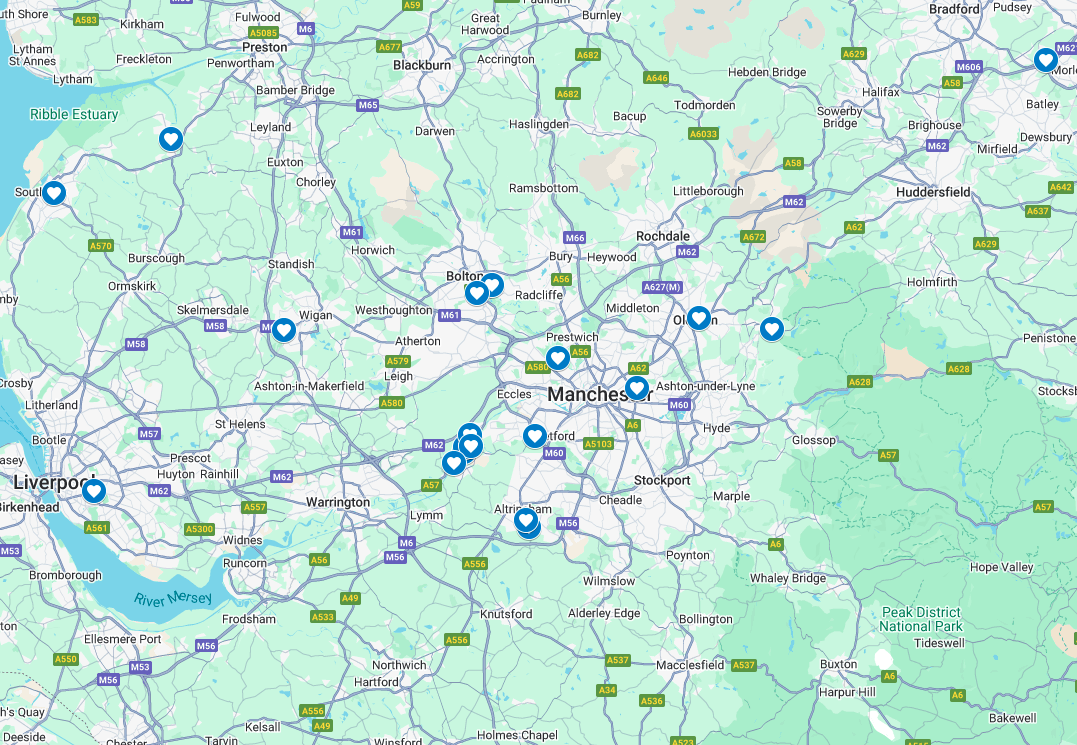HSE Bulletin Update

You may have heard of the HSE’s recent Bulletin Update which details the changes to the way training providers can deliver First Aid Training which includes blended learning and the inclusion of defibrillators within First Aid Training courses.
But how will this affect you and what potential changes will you see in our courses? We’ve provided an overview below to help you get in the know:
What is Blended Learning?
Blended learning typically combines traditional hands-on training methods with independent e-learning studies to fit around the needs of a business or organisation.
Blended Learning is a teaching method we have promoted for many years and is finally approved by HSE approved as a valid method of learning to which we are extremely excited about.
What does this mean for our training courses?
Whilst we offer learners the opportunity to gain qualifications in subjects such as Food Hygiene and Fire Safety through our e-learning courses, we feel first aid learning is a skill learnt best in a training room and is greatly benefitted by being able to practice techniques physically with assistance and feedback.
These courses are delivered by one of our dynamic and experienced instructors to ensure students receive a realistic training experience to give them confidence to deliver life-saving care promptly, safely and effectively in a real life emergency situation.
Blending these two training methods together will take time to perfect. As one of the leading training providers in the UK we like to be certain the delivery of our content is of the highest standard and the current feedback we are receiving on this subject has been mixed.
However to reassure you, we will continue to offer our traditional instructor-led first aid training as well as the blended learning option, so you have the opportunity to choose which method you feel will be most beneficial to you and your fellow learners.
Training on defibrillators to be included on the EFAW and FAW Syllabus
A heightened awareness of defibrillators and their importance has increased greatly in the UK in the last 5 years prompting the HSE to recommend including defibrillator training into first aid at work courses.
As the contact hours for this training course will not be changing, the inclusion of defibrillators on training courses will be a brief familiarisation session. This will allow learners to get hands on with an AED device, giving them the opportunity to understand the basic functions of a defibrillator and how to use it in the event of a cardiac arrest.
Do I still need the AED and CPR Training Course?
As the defibrillator familiarisation portion of the EFAW and FAW course will only cover the basics on a device which may not be the exact unit you have on site, this course will not replace the TQUK Level 2 Award in Cardiopulmonary Resuscitation and Automated External Defibrillation (QCF) qualification that we also offer.
If you have a defibrillator on site, we highly recommend that this is completed by learners to allow them to experience realistic training scenarios using a training device which is the same model as your clinical unit. This will ensure learners are confident in the handling of the AED and are familiar with its unique features and functions as well as providing them with adequate training time to get to know the device.
Changes Timeline
In September of this year, the assessment criteria and learning outcomes of the first aid qualifications will come under review. During this time, the inclusion of first aid training may become a specific Learning Outcome of the Level 2 Award in Emergency First Aid at work (QCF) and the Level 3 Award First Aid at Work (QCF).
To ensure a smooth transition for our clients and partners, we’re aiming to implement changes to our training courses within the timeline provided by the HSE. This will mean by January 1st 2017 we will have a solution in place which will include the new training methods in all of our first aid courses and will be offering new training options to suit all potential learners.
All of the above changes will be communicated prior to them going live
We hope this blog post has explained the upcoming changes as prompted by the HSE.
Want to learn more or have a specific question regarding these pending updates? You can get in touch with us via Facebook and Twitter where we encourage you to get involved with the conversation and share your views.












